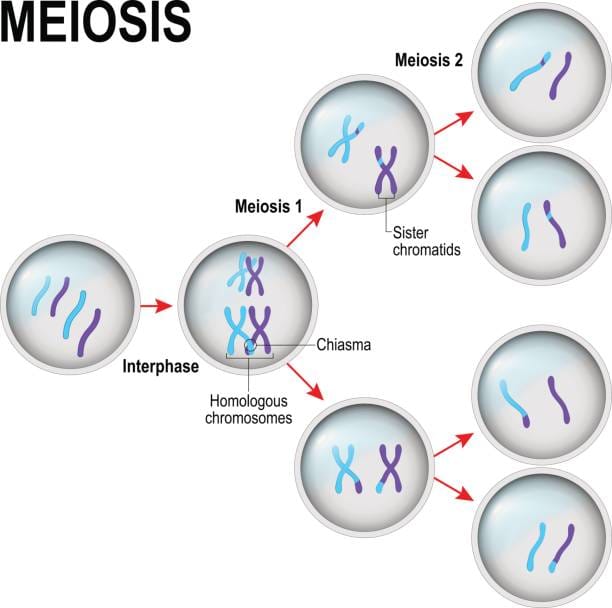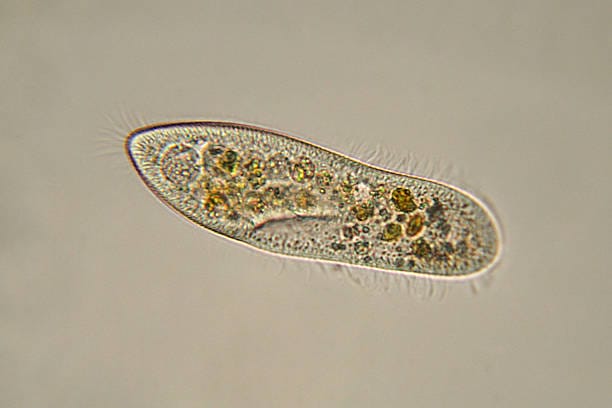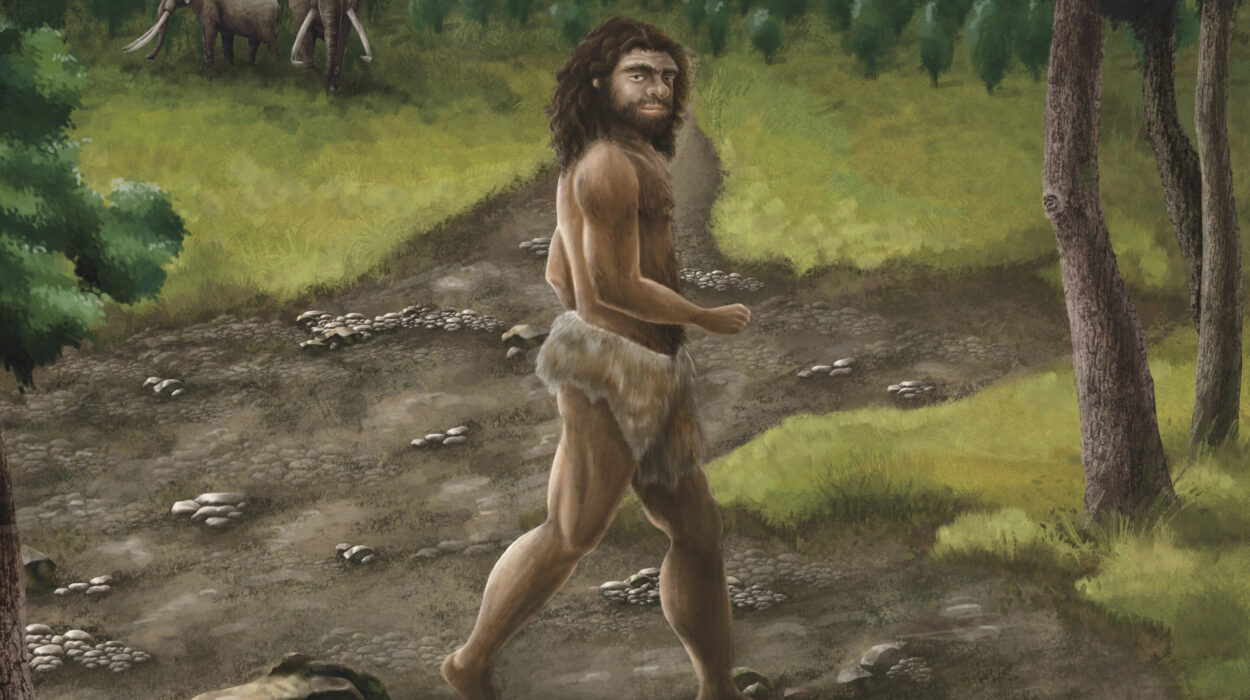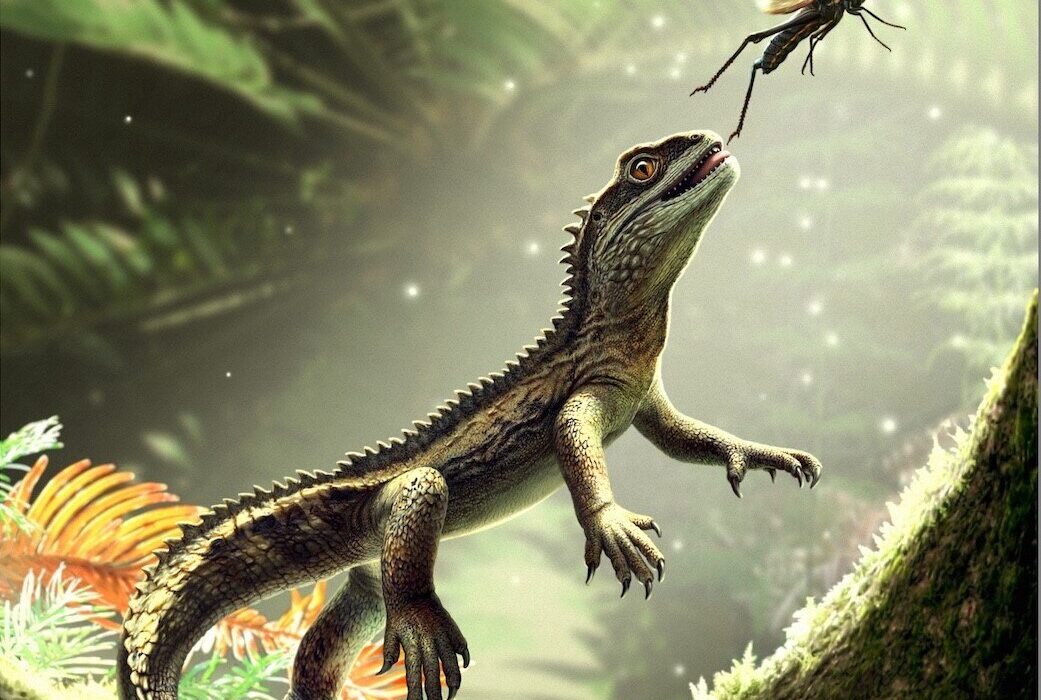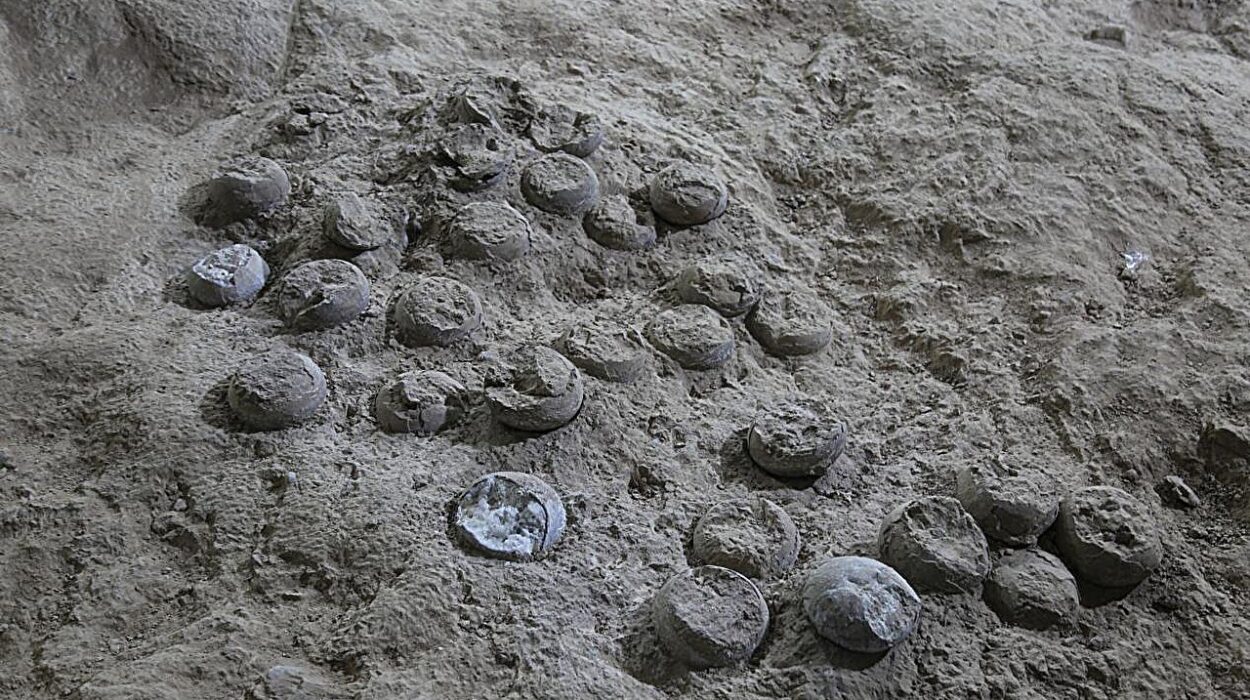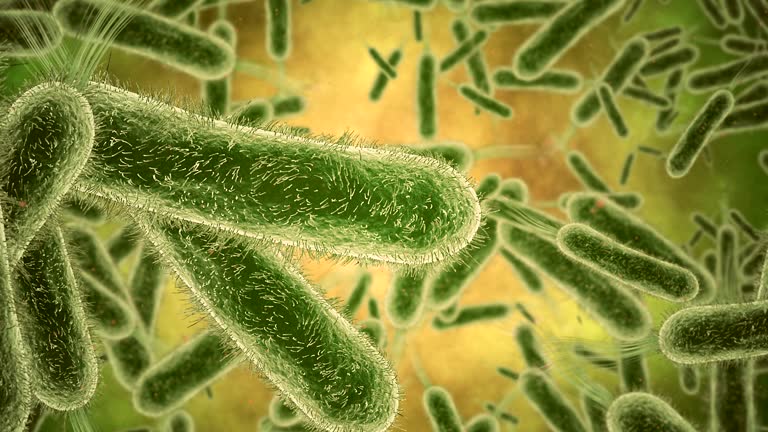From the dazzling symmetry of a sunflower to the vibrant diversity of human faces in a crowded city, the wonders of life are built on something almost invisible—a dance of chromosomes, a rhythm of division and recombination. This process, both ancient and elegant, is called meiosis. Though it unfolds in the silence of microscopic worlds, its consequences echo through every living being that reproduces sexually.
Meiosis is not just a mechanism. It’s the architect behind the genetic uniqueness of siblings, the reason for the variation in eye color, the engine of evolution, and the key to fertility. It’s also the process that allows life to balance the forces of continuity and change. Without meiosis, sexual reproduction would be impossible. Evolution would be paralyzed. And the richness of life, from the buzzing bees to the vast forests to the children laughing on playgrounds, would never exist.
To understand meiosis is to understand a story of division that leads to wholeness, of loss that enables new life, of intricate choreography inside the nucleus that ensures the future of entire species.
What Is Meiosis? The Beautiful Mathematics of Halving Life
At its core, meiosis is a type of cell division. But unlike mitosis, which produces two identical daughter cells and is responsible for growth and repair, meiosis is about diversity. It happens only in specialized cells of the reproductive organs—testes and ovaries in animals, or anthers and ovules in plants—and produces gametes: sperm and egg cells.
Each human cell (except gametes) has 46 chromosomes, arranged in 23 pairs—one set from each parent. Gametes, however, must have only 23 chromosomes. Why? Because when a sperm and egg unite during fertilization, they combine to form a zygote with 46 chromosomes once again. Without meiosis halving the chromosome number, fertilization would result in a doubling with each generation, quickly making life unsustainable.
So meiosis solves this elegantly. It reduces the chromosome number by half, turning one diploid cell into four haploid gametes. But it doesn’t just divide. It shuffles. During meiosis, genetic material is exchanged between chromosome pairs in a process called crossing over. This mixing ensures that no two gametes—and therefore no two offspring—are ever exactly the same.
The Two Acts of Meiosis: A Drama in Two Stages
Meiosis unfolds in two major acts: Meiosis I and Meiosis II. Each stage is composed of several phases, and together, they orchestrate the transformation of one parent cell into four genetically distinct daughter cells.
Meiosis I is where the magic of genetic recombination happens. Homologous chromosomes—each pair consisting of one chromosome from the mother and one from the father—come together and pair tightly. At this point, they may exchange segments of DNA in a phenomenon known as crossing over. This is the first source of genetic variation.
The paired chromosomes then line up, and one of each pair is pulled to opposite poles of the cell. When the cell divides, it produces two new cells, each with half the original number of chromosomes—but each chromosome still has two chromatids.
In Meiosis II, these two cells undergo a second division, this time separating the sister chromatids of each chromosome. The result is four haploid cells, each unique and genetically ready to participate in the next generation.
This is not just biology—it is poetry in motion. Cells dividing, genes swapping, future individuals being programmed with traits as subtle as the curve of a nose or as profound as disease resistance.
Crossing Over: Where DNA Dances and Evolution Begins
One of the most striking features of meiosis is crossing over, which occurs during prophase I of Meiosis I. At this stage, homologous chromosomes line up so closely that they may swap segments. These points of exchange, called chiasmata, are where bits of maternal and paternal DNA are recombined.
This exchange creates chromosomes with a mix of genes from both parents, increasing genetic diversity. It’s as if every child gets a shuffled genetic deck, rather than a rigid hand of cards. Crossing over ensures that siblings, though from the same parents, are different—not only in appearance but in the very molecules that guide their growth and function.
From the perspective of evolution, this genetic reshuffling is crucial. It generates variation, and variation is the raw material upon which natural selection acts. Without it, populations would stagnate, unable to adapt to changing environments or evolving threats. Crossing over, then, is the molecular heartbeat of evolutionary potential.
Independent Assortment: The Lottery of Life
Another pillar of genetic diversity in meiosis is independent assortment. During metaphase I, the homologous chromosome pairs align randomly along the metaphase plate. This means the distribution of maternal and paternal chromosomes into gametes is random.
With 23 pairs of chromosomes, the number of possible combinations is 2²³—or over 8 million. That’s before even considering the variability added by crossing over. This randomness ensures that each sperm or egg is genetically unique, and each zygote formed upon fertilization is a one-in-a-billion creation.
This biological lottery is why families can have multiple children, each carrying a distinct blend of traits. It’s why two brown-eyed parents can have a blue-eyed child, or why certain inherited diseases might skip generations.
Errors in Meiosis: When the Dance Stumbles
Though meiosis is a marvel of precision, it is not immune to error. Occasionally, chromosomes may fail to separate properly—a mistake called nondisjunction. This can lead to gametes with too many or too few chromosomes.
If such a gamete is involved in fertilization, the resulting zygote may have an abnormal chromosome number—a condition known as aneuploidy. One well-known example is Down syndrome, caused by an extra copy of chromosome 21.
Other chromosomal disorders, such as Turner syndrome or Klinefelter syndrome, also arise from meiotic errors. Many of these lead to infertility or miscarriage, reflecting how finely tuned meiosis must be for successful reproduction.
Studying these errors not only deepens our understanding of genetic disorders but also sheds light on aging, as the risk of meiotic mistakes increases with maternal age. This is why genetic counseling and prenatal testing are often recommended for older expectant mothers.
Meiosis and Sex Determination: The Coin Toss That Defines Identity
One of the most fascinating aspects of meiosis is its role in determining sex in species like humans. Females have two X chromosomes, while males have one X and one Y. During meiosis, the X and Y chromosomes segregate into separate sperm cells. The egg always contributes an X, so the sperm determines the sex of the offspring.
If a sperm carrying an X chromosome fertilizes the egg, the resulting zygote is XX—female. If a Y-carrying sperm wins the race, the zygote is XY—male. This process is entirely random, a 50-50 chance, but its consequences are profound. An entire individual’s sex and subsequent physiological development hinges on this chromosomal flip of a coin.
Meiosis in Plants: The Hidden World of Floral Reproduction
Though often taught through the lens of animal biology, meiosis plays a central role in plants as well. In flowering plants, meiosis occurs within the anthers (producing pollen) and ovules (producing egg cells). After meiosis, further cell divisions create gametophytes—the multicellular haploid structures that actually give rise to gametes.
In plants, meiosis is intricately woven into a life cycle that alternates between two generations: the sporophyte (diploid) and the gametophyte (haploid). This alternation of generations, unique to plants and some algae, adds layers of complexity and beauty to the process.
Understanding plant meiosis is critical not only for botany but also for agriculture. Breeders harness the principles of meiosis and genetic recombination to develop new crop varieties with improved traits—such as resistance to drought, pests, or disease.
Evolutionary Significance: Meiosis and the Tree of Life
Why did meiosis evolve in the first place? The answer lies deep in the history of life. The earliest forms of life reproduced asexually—copying themselves exactly. But around 1.2 billion years ago, something changed. Organisms began exchanging genetic material, likely as a strategy to survive harsh environments and accumulate beneficial mutations.
Sexual reproduction—and with it, meiosis—allowed for the mixing of genes in ways that dramatically increased evolutionary potential. While asexual reproduction favors stability, sexual reproduction embraces variability and risk. Meiosis was the biological innovation that made this possible.
Over time, the organisms that used meiosis thrived. They filled every ecological niche. They became animals, plants, fungi—and eventually, humans. Today, nearly all multicellular organisms rely on meiosis for reproduction. It is one of nature’s most successful inventions.
The Importance of Meiosis in Medicine and Research
The insights gained from studying meiosis extend far beyond textbooks. In medicine, understanding meiosis helps doctors diagnose and treat genetic conditions. It informs fertility treatments, such as in-vitro fertilization, where timing meiosis correctly can be the difference between success and failure.
In cancer research, scientists explore how meiotic-like genes are sometimes mistakenly activated in tumors, leading to uncontrolled growth. In biotechnology, meiosis is a cornerstone of genetic engineering, where breeders manipulate meiotic outcomes to enhance crops and livestock.
Moreover, meiosis is central to stem cell research and cloning. To generate pluripotent cells or induce specific genetic outcomes, scientists often study how meiosis regulates the expression and silencing of genes.
Meiosis in the Classroom and the Cosmos
For students, meiosis is often a daunting topic. It’s full of unfamiliar vocabulary, abstract phases, and intricate diagrams. But when taught well, it becomes one of the most awe-inspiring ideas in biology. It shows how complexity arises from simplicity, how life balances the precision of division with the chaos of chance.
Meiosis also resonates beyond biology. Philosophers, artists, and writers have drawn inspiration from its themes—division and unity, inheritance and individuality. In a sense, every person is a mosaic of ancestral genes, the outcome of countless meiotic events stretching back through time.
From a cosmic perspective, meiosis is one of the ways the universe has found to know itself. It is a molecular mirror of life’s creativity and adaptability.
Meiosis and the Future of Humanity
As science advances, our understanding of meiosis continues to grow. New technologies like CRISPR-Cas9 gene editing, single-cell genomics, and high-resolution microscopy are revealing the process in unprecedented detail. Researchers are now exploring how meiosis can be altered or enhanced to prevent disease, correct genetic errors, or even delay aging.
At the same time, ethical questions emerge. If we can manipulate meiosis to choose traits in our children, where do we draw the line? Should we? Meiosis, once a purely natural process, now intersects with questions of choice, morality, and societal values.
But no matter how technology evolves, the fundamental truth remains: meiosis is one of the greatest wonders of biology. It is not only the means by which we inherit our past, but the tool by which we shape our future.
A Final Reflection: We Are the Stories Meiosis Tells
Every living human is a product of meiosis. Every laugh, every heartbeat, every memory encoded in the neurons of the brain exists because of a cellular process that unfolded quietly in the reproductive organs of our parents. Our individuality, our strengths, our vulnerabilities—all spring from the subtle recombination of ancient genes.
To study meiosis is to peer into the very machinery of life. It is to witness the elegance of natural design, the resilience of life’s architecture, and the creative power of chance.
In the end, meiosis is not just about biology. It is about identity. It is about connection. It is about the wondrous journey from cell to self, from ancestors long past to the children not yet born.
